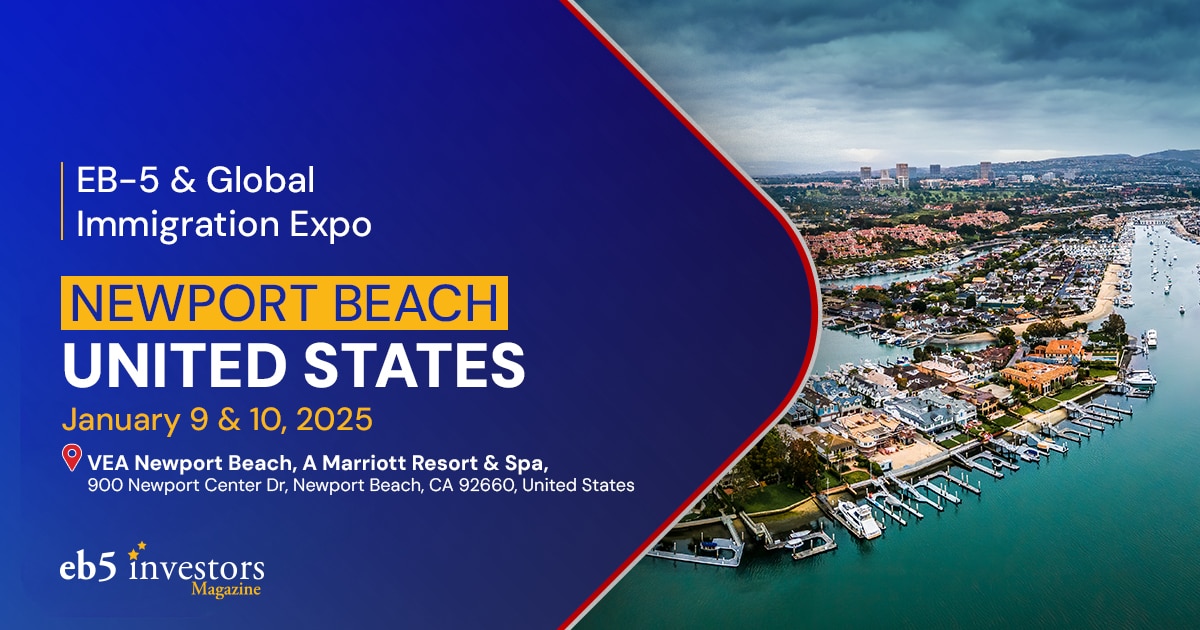
Beijing is a leading hub for high-net-worth Chinese individuals who seek global mobility and investment opportunities.
It is the fourth global billionaire capital of the world, after New York, London, and Mumbai, where many Mainland Chinese investors who apply for the EB-5 visa live.
Mainland China is home to the largest number of millionaires worldwide, surpassing the United States. According to recent research, between six and seven million Chinese have wealth of more than US$1 million, qualifying as high-net-worth individuals (HNWI). The ultra-UHNWIs own more than US$30 million, of which almost 70,000 individuals live in China, primarily residing in Guangdong, Beijing, and Shanghai.
According to recent studies, some 13,500 Chinese HNWIs were expected to leave the country between 2023 and 2024.
According to U.S. immigration attorney Oliver Yang and co-chair of Reid & Wise’s immigration department, Beijing has long been a hotspot for the Chinese EB-5 market due to several factors.
“First, as the political center of China, property values in Beijing have experienced a meteoric rise over the past 15 years. Even with the recent slowdown in the overall real estate market, the city remains one of the most expensive real estate markets in the world. Second, Beijing serves as the economic hub of northern China because of its central role in politics, finance, and industry. The city’s robust infrastructure, including advanced transport networks and business districts, attracts multinational corporations and investment. Additionally, Beijing’s status as a political center drives significant government spending and policy influence, further enhancing its economic prominence,” Yang says.
New law and economic growth prompt Mainland China’s interest on the EB-5 visa
Notably, Mainland Chinese investors significantly dominate the EB-5 visa program, accounting for the largest nationality of recipients in 2023. They received 5,684 of the 8,354 EB-5 visas issued worldwide, a testament to their confidence in this program.
The enduring appeal of the EB-5 visa program to Chinese investors can also be attributed to the benefits of the EB-5 Reform and Integrity Act of 2022 (RIA), mainly the set-aside categories and the concurrent filing process.
The EB-5 visa set-aside categories offer faster processing times for applications without backlogs, as long as the EB-5 project is located in a rural or high-unemployment area (HUA) or is designated as a special infrastructure investment.
Meanwhile, the concurrent filing process allows holders of other U.S. visas to transition to the EB-5 visa through a joint application process that allows applicants to apply for a green card while adjusting their immigration status in the U.S.
These advantages appeal to wealthy Chinese investors for their families, particularly those whose children are already studying in the U.S. They are already under an F-1 visa and are eligible for concurrent filing. While they adjust their status in the U.S., they are eligible for working and traveling.
Mainland China has dominated the EB-5 visa applications for the last decade
The trend for EB-5 visas issued to Chinese investors from Mainland China has seen several highs and lows over the last two decades.
Research shows that between 2010 and 2019, high-net-worth individuals from China obtained more than 70% of the 81,125 investor visas issued by the US.
The highest number of EB-5 visas for regional centers was issued in 2014 (8,966), while the most direct EB-5 investment visas issued to Chinese investors from mainland China was in 2016 (510).
EB-5 Mainland China investors face retrogression in the Unreserved visa category.
With the new EB-5 regulations, new Chinese investors can apply for the EB-5 visa without any retrogression if they invest in set-aside projects. However, they have specific dates if their application comprises Unreserved visas allocated for EB-5 projects located in Target Employment Areas (TEA) in urban and non-urban areas and pre-RIA projects that do not qualify as set-asides.
For Chinese EB-5 investors, the dates for Unreserved applications are Apr. 1, 2022 (filing) and Jan. 1, 2017 (final action) as of the September visa bulletin, the last of the 2024 fiscal year. These calendar days have not changed since February.
Join us for the EB-5 & Global Immigration Expo in Beijing on Oct. 9-10!
DISCLAIMER: The views expressed in this article are solely the views of the author and do not necessarily represent the views of the publisher, its employees. or its affiliates. The information found on this website is intended to be general information; it is not legal or financial advice. Specific legal or financial advice can only be given by a licensed professional with full knowledge of all the facts and circumstances of your particular situation. You should seek consultation with legal, immigration, and financial experts prior to participating in the EB-5 program Posting a question on this website does not create an attorney-client relationship. All questions you post will be available to the public; do not include confidential information in your question.








